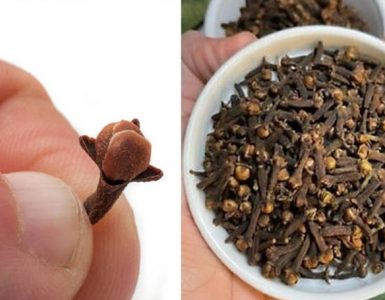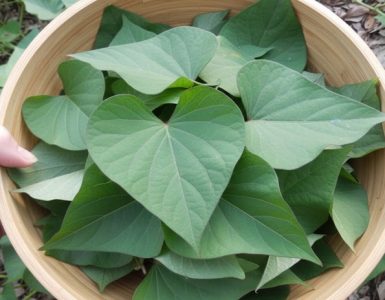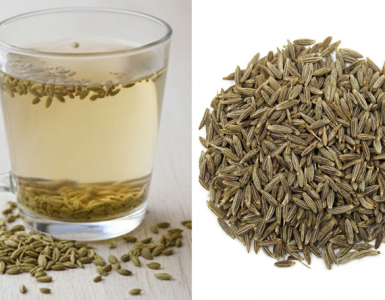Peppers are a staple in many cuisines around the world, prized for their vibrant colors, diverse flavors, and versatility in culinary applications. Whether you prefer the mild sweetness of bell peppers or the fiery kick of chili peppers, one thing is certain: a bountiful harvest of peppers requires proper care, including the right fertilization strategy. In this article, we’ll delve into the essential steps for fertilizing peppers to ensure a robust yield that will leave you with an abundance of these delicious fruits.
Understanding Pepper Fertilization:
Before diving into the specifics of fertilizing peppers, it’s crucial to understand their nutritional needs. Like all plants, peppers require essential nutrients to thrive, including nitrogen (N), phosphorus (P), and potassium (K), along with various micronutrients. These nutrients play vital roles in supporting plant growth, flower development, and fruit production.
Choosing the Right Fertilizer:
When it comes to fertilizing peppers, selecting the right fertilizer is key. Look for a balanced fertilizer with an N-P-K ratio suited for fruiting vegetables, such as 10-10-10 or 5-10-10. Additionally, consider using organic fertilizers, which provide a slow release of nutrients and contribute to soil health over time. Compost, well-aged manure, or organic blends formulated for vegetables are excellent choices for organic growers.
Timing is Everything:
Timing plays a crucial role in fertilizing peppers for optimal growth and yield. Start by incorporating a balanced fertilizer into the soil before planting or transplanting peppers into the garden. This initial application sets the stage for healthy root development and prepares the plants for vigorous growth.
Once peppers are established and begin flowering, it’s time to implement a feeding schedule to support fruit set and development. Apply a water-soluble fertilizer high in potassium, such as a 15-30-15 blend, every two to three weeks throughout the growing season. This potassium boost encourages robust fruiting and enhances pepper flavor and quality.
Application Techniques:
Proper application techniques ensure that peppers receive the nutrients they need without causing fertilizer burn or leaching. When applying granular fertilizers, such as compost or dry blends, distribute them evenly around the base of the plants, avoiding direct contact with stems to prevent burning. Water thoroughly after application to help nutrients penetrate the soil and reach the root zone.
For liquid fertilizers, dilute according to the manufacturer’s instructions and apply directly to the soil around the plants. Avoid foliar spraying during hot weather to prevent leaf burn and minimize nutrient loss through evaporation.
Monitoring and Adjusting:
Regular monitoring of pepper plants allows growers to assess their nutrient needs and make adjustments accordingly. Pay attention to plant growth, leaf color, and overall vigor. Yellowing leaves or stunted growth may indicate nutrient deficiencies, such as nitrogen or magnesium.
Perform soil tests periodically to evaluate nutrient levels and pH, making amendments as needed to maintain optimal soil fertility. Adjust fertilizer applications based on soil test results and the specific requirements of pepper plants at different growth stages.
Fertilizing peppers properly is essential for achieving a bountiful harvest of healthy, flavorful fruits. By understanding the nutritional needs of pepper plants, choosing the right fertilizers, timing applications correctly, and employing proper application techniques, growers can maximize yield and quality while promoting soil health and sustainability. With the right approach to fertilization, you’ll be well on your way to enjoying your biggest pepper harvest ever.






Add comment